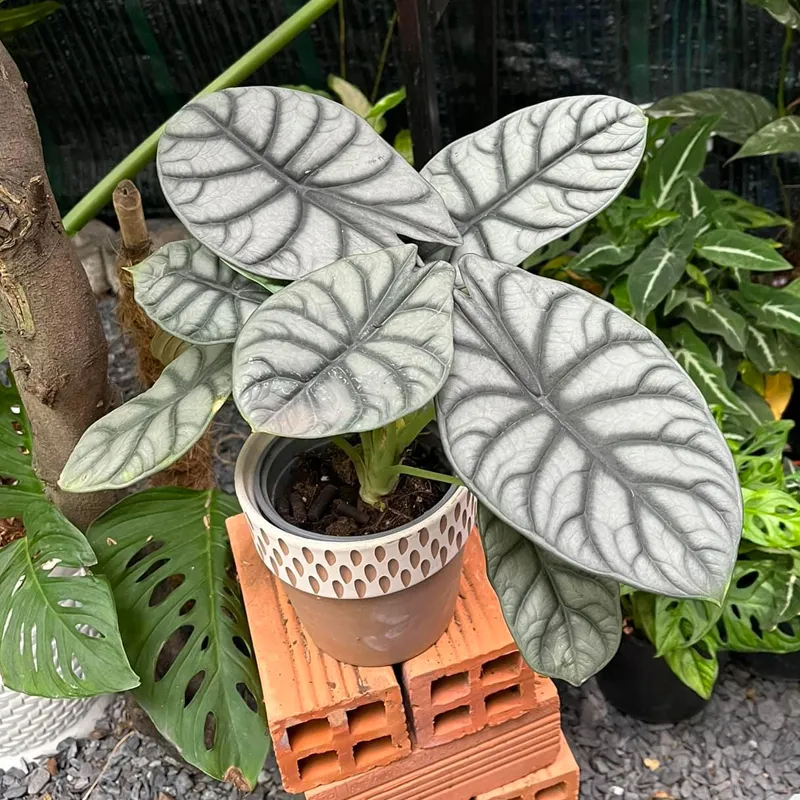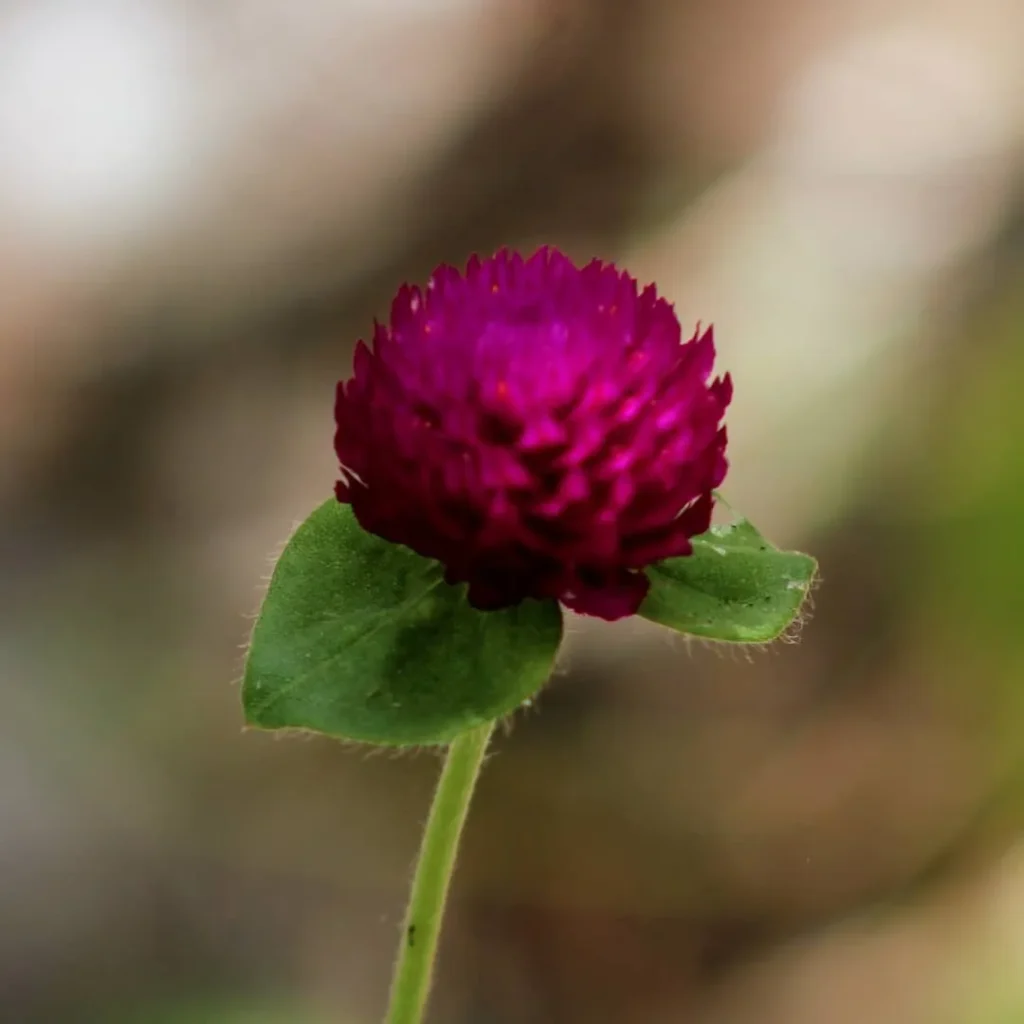All About Virginia Groundcherry (Physalis virginiana): A Gardener’s Guide
Hi there, Ferb Vu here! Today, we’re diving into the world of a fascinating plant native to eastern North America, Physalis Virginiana – the Virginia Groundcherry. This little wonder might not be a household name, but it packs a punch in the charm and potential benefits department.
Whether you’re a seasoned gardener or a curious newbie, this guide will answer all your burning questions about Virginia Groundcherry.
95 Species in Genus Physalis
What is Physalis Virginiana?
Physalis Virginiana – The Virginia Groundcherry is a perennial plant belonging to the nightshade family (Solanaceae), the same family as tomatoes, eggplants, and peppers. It’s a herbaceous plant, meaning its above-ground parts die back in winter and regrow from an underground network of roots (rhizomes) come spring.
This little guy typically reaches a height of 2 feet and boasts delicate, bell-shaped yellow flowers with dark spots at the base. But the real star of the show is the fruit – a juicy, orange-red berry encased in a papery husk, much like a tomatillo.
Where Does Virginia Groundcherry Grow?
As the name suggests, Virginia Groundcherry is native to eastern North America, stretching as far west as Wyoming. It prefers moist, slightly sandy soil in open areas with light grazing. You’ll find it thriving in meadows, woodlands, and along roadsides.
Fun fact: Despite its name, Virginia Groundcherry isn’t exclusive to Virginia. It’s actually quite widespread across its native range.
Can I Grow Virginia Groundcherry in My Garden?
Absolutely! Virginia Groundcherry is a relatively low-maintenance plant that can add a touch of whimsy and potential flavor to your garden. Here’s what you need to know:
- Planting: Sow seeds indoors 6-8 weeks before the last frost. Transplant seedlings outdoors after the danger of frost has passed, spacing them about 18 inches apart.
- Light: Full sun to partial shade is ideal.
- Soil: Moist, well-drained soil is key. Sandy loam is a good option.
- Watering: Water regularly, especially during dry spells. Aim for moist but not soggy soil.
- Fertilizing: A light application of balanced fertilizer in early spring can be beneficial.
- Harvesting: Fruits ripen from mid-summer to fall. Look for plump, orange-red berries with papery husks that have begun to dry.
Virginia Groundcherry vs. Cape Gooseberry (Physalis peruviana)
Virginia Groundcherry is often confused with its close relative, the Cape Gooseberry (Physalis peruviana). Here’s a quick comparison to help you tell them apart:
- Origin: Virginia Groundcherry is native to North America, while Cape Gooseberry hails from South America.
- Size: Virginia Groundcherry is generally smaller than Cape Gooseberry, both in plant size and fruit size.
- Flavor: Virginia Groundcherry has a more tart and slightly bitter flavor compared to the sweeter Cape Gooseberry.
Can I Eat Virginia Groundcherry?
Yes, you can! The ripe fruits of Virginia Groundcherry are edible and offer a unique flavor profile, a blend of sweet and tart with a hint of bitterness. Some folks enjoy them fresh, while others prefer them in jams, jellies, or pies.
Word of caution: Unripe berries and other parts of the plant can be mildly toxic, so make sure the fruits are fully ripe before consuming.
Are There Any Uses for Virginia Groundcherry Besides Eating?
Beyond its edible fruit, Virginia Groundcherry has some interesting historical and potential uses:
- Native American Uses: Native American tribes traditionally used Virginia Groundcherry for various medicinal purposes, including treating coughs, sore throats, and wounds.
- Ornamental Value: The delicate flowers and unique fruit husks of Virginia Groundcherry can add a touch of whimsy to your garden borders or container plantings.
- Wildlife Food Source: The fruits provide a valuable food source for birds and small mammals.
Final Thoughts on Virginia Groundcherry
Virginia Groundcherry is a charming and versatile plant that deserves a spot in your garden. With its ease of care, unique flavor profile, and potential benefits for you and your local wildlife, it’s a winner all around. So, why not give this little native wonder a try? You might be surprised by its delightful surprises.
Remember: Always properly identify a plant before consuming it. If you’re unsure, consult a reliable source or expert.
If i die, water my plants!



